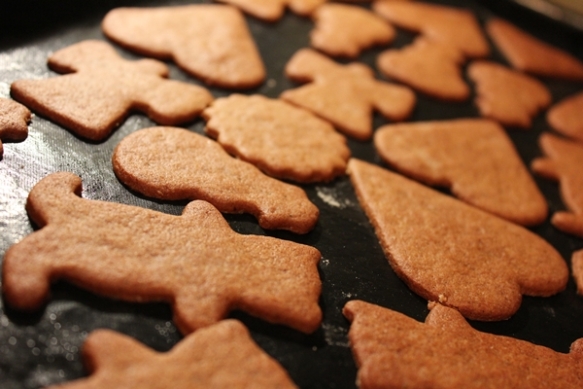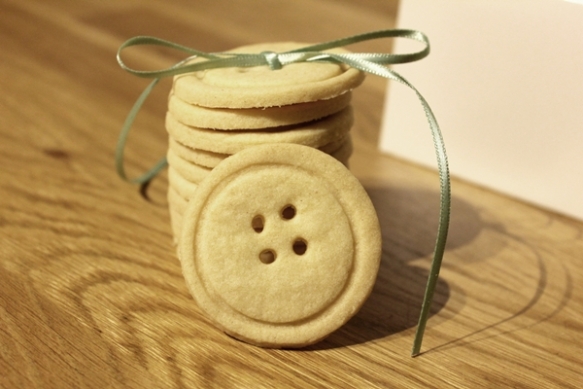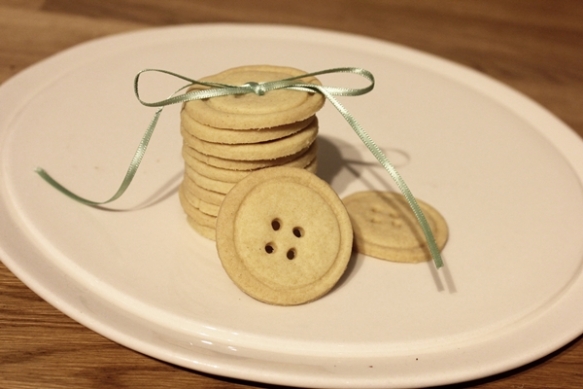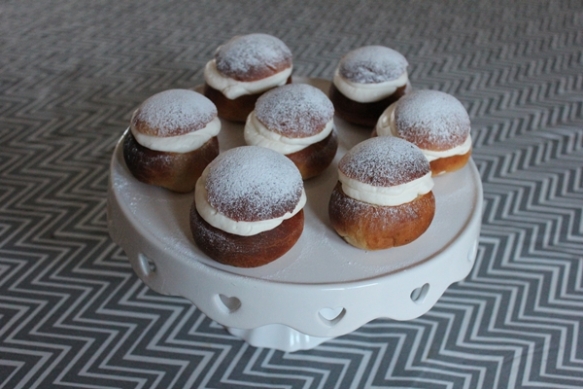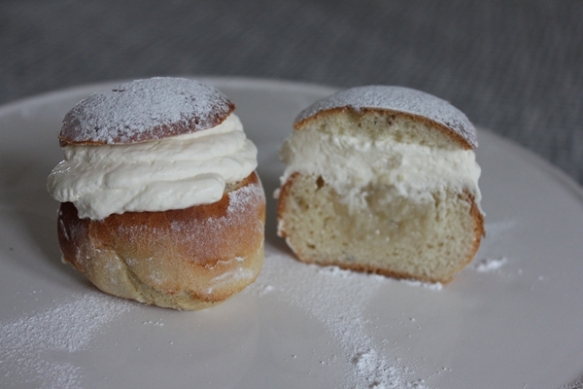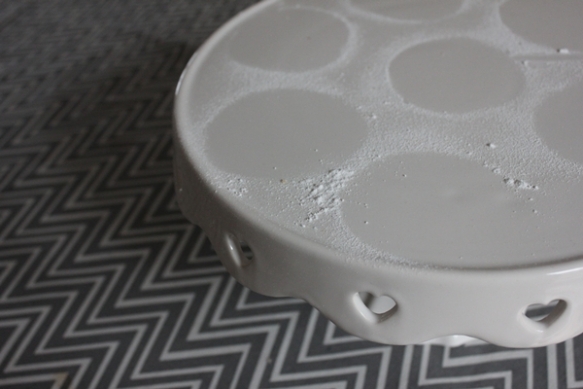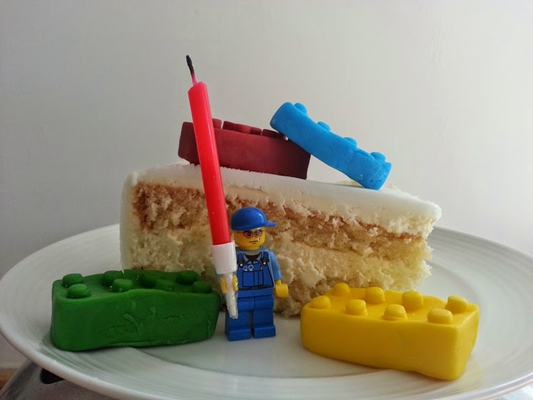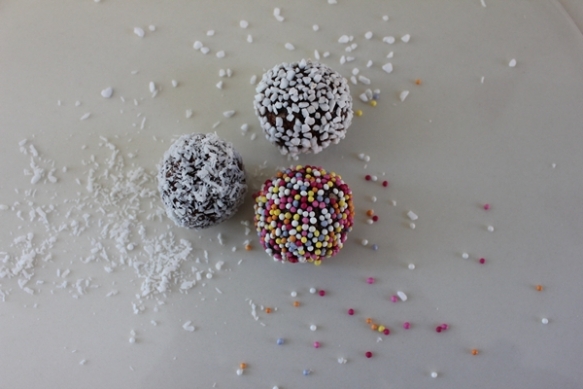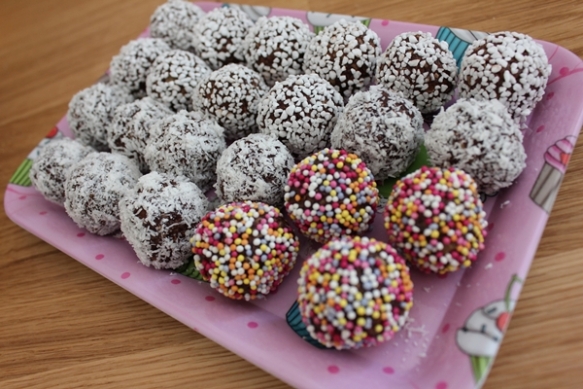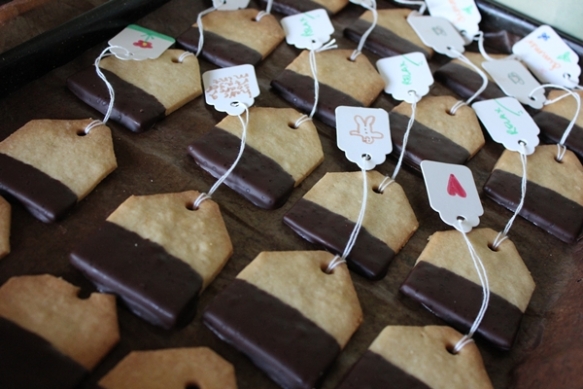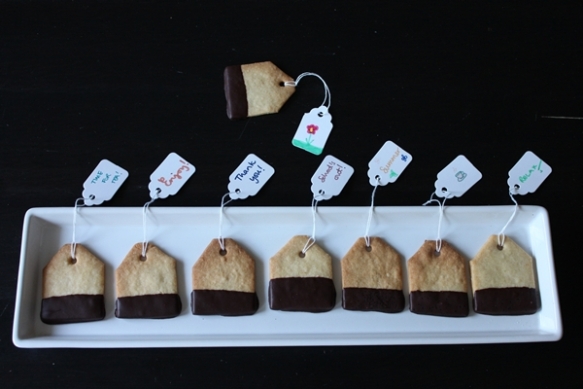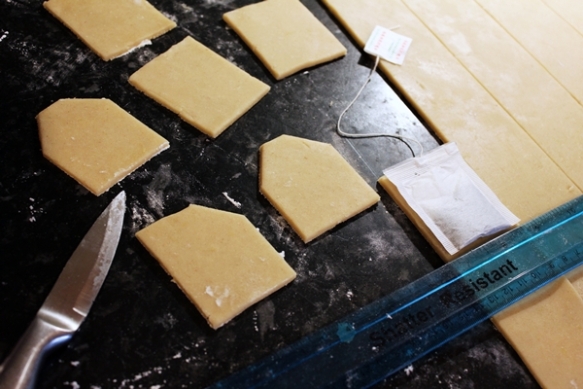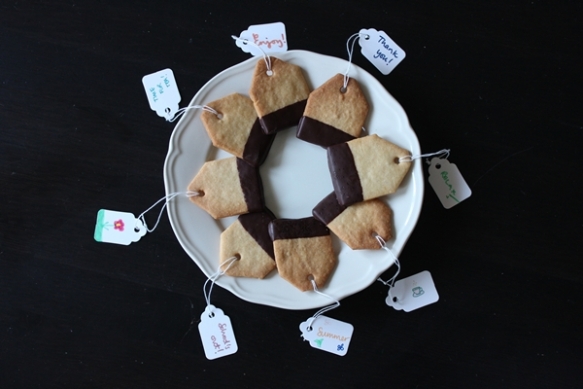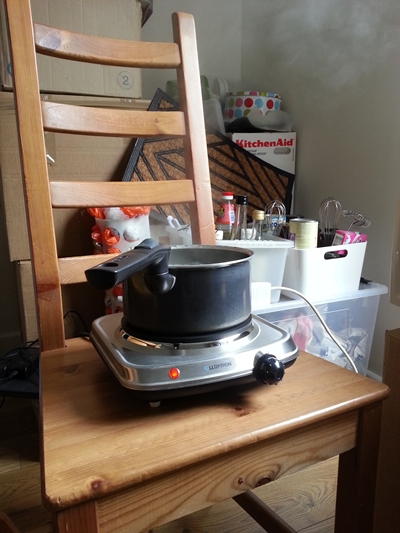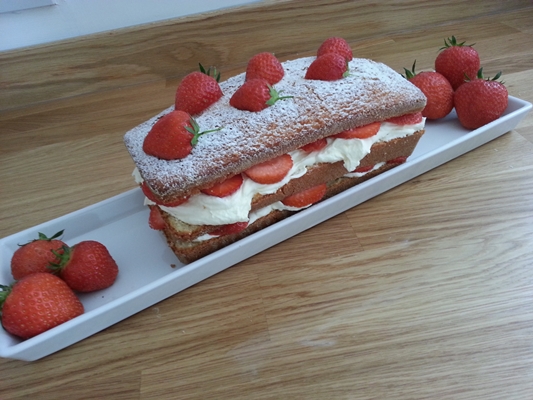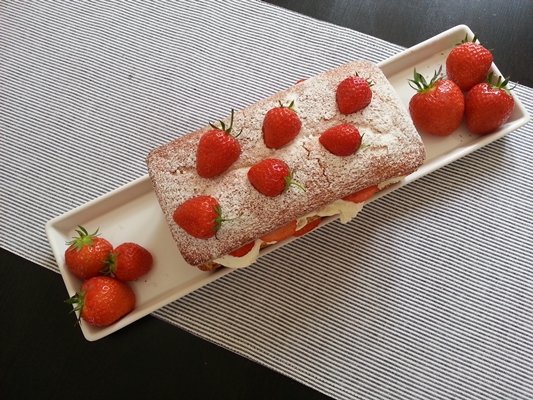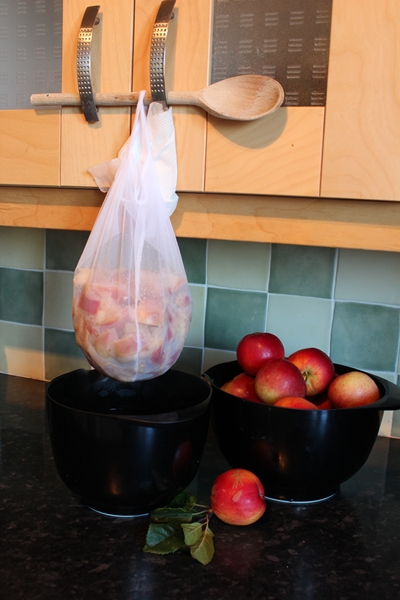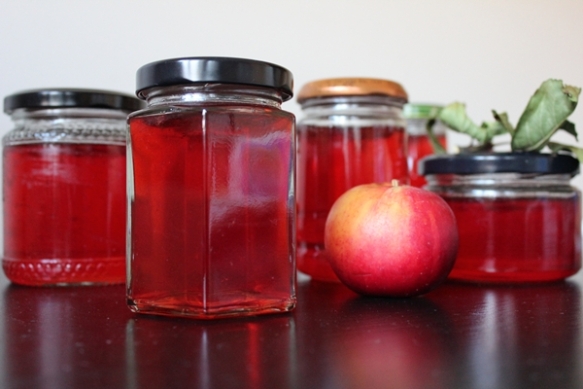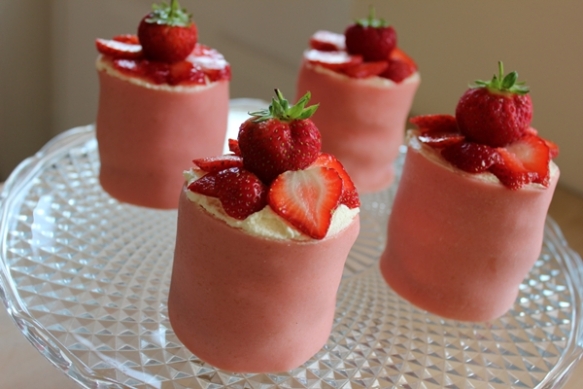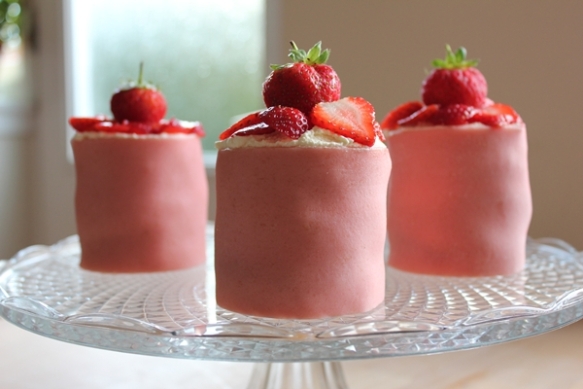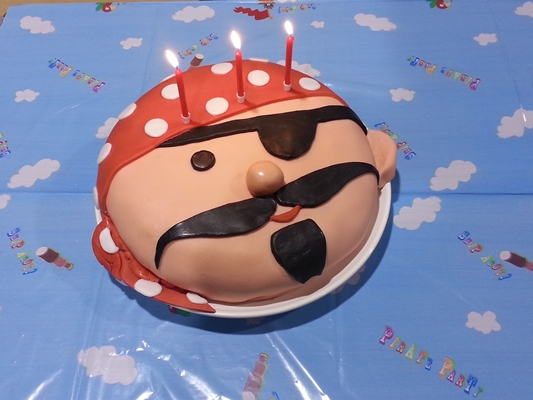Mention Christmas baking and every country has their own specialities; Christmas cake, Christmas pudding, mince pies, Stollen, lebkuchen, Buche de Noel… the list goes on. To me Christmas is saffron buns and gingerbread biscuits.
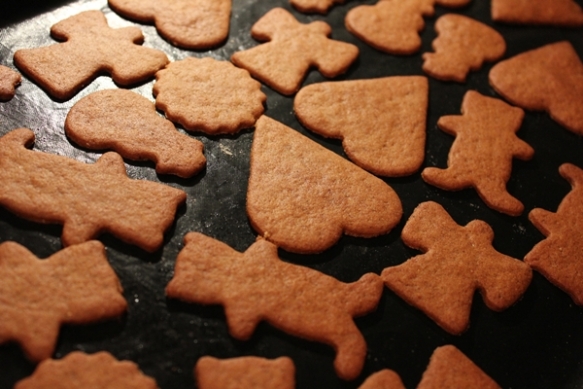
When I first moved to the UK I used to buy gingerbread dough from IKEA. One year they were sold out, and I decided to have a go at making my own.
I found a recipe that was nice enough, but I felt something was missing from it, so in the end I asked my mum for hers – it was pretty similar to the one I had used, but with the addition of cardamom. Using her recipe instead brought me straight back to childhood!

I haven’t been able to find ground cardamom in any supermarket here, so I get whole cardamom pods instead, take the seeds out and ground them in a pestle and mortar. I haven’t figured out how many cardamom pods you need to get the amount in the recipe, I usually just estimate and add a few more than the ground amount {last I made them I used about 1½-2 tsp of whole cardamom pods which gave them quite a kick}. Don’t be tempted to leave it out due to the extra step of grounding them up {unless you are making them for decoration and not eating, in which case it won’t matter} as it’s what gives them a bit of heat. In fact, the literal translation of the Swedish word ‘pepparkakor’ is ‘peppercakes’, so they should have a bit of heat, which the other spices doesn’t manage to provide on their own.
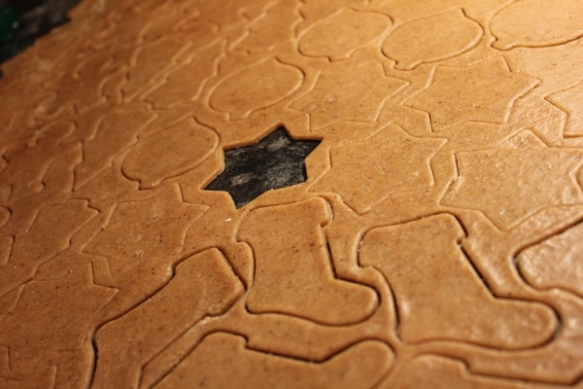
Baking tips
– If making these for eating, make them as thin as possible – 2mm is ideal for thin and crispy biscuits, and the flavour somehow ends up different than to thicker ones. If they are for decorating and hanging in the tree for example on the other hand, they should be thicker, and some of the spices could be left out
– There is a darker ‘baking syrup’ available in Sweden that’s usually used in these. In order to get some of the darker colour, and a bit of richness, I add a tablespoon of treacle to the dough, and usually reduce the amount of golden syrup with about the same amount.
– Only roll out a small amount of dough each time instead of the whole dough – it’s much easier to get them thin that way.
– Use a timer when baking them! You’ll be able to tell by the smell when the first batch is ready, but after four or five batches your whole kitchen will be filled with heavenly gingerbread scents and you won’t be able to tell when the batch in the oven is done. If you make them very thin they go from just right to burnt in no time. Set the timer for the shorter time initially and adjust it after a few batches.
– The recipe makes about 175 biscuits, which may sound a lot, but you don’t have to make them all at once – the dough keeps well covered in the fridge for a few days, ready to be baked off when needed. It’s also worth remembering it’s hard to have just one at the time, having two, three or four is more like it, and not considered greedy if you make them small! Plus they are a great gift for friends and family, kids love making them and it doesn’t matter if they {and you!} have a bit of the dough while making them 🙂
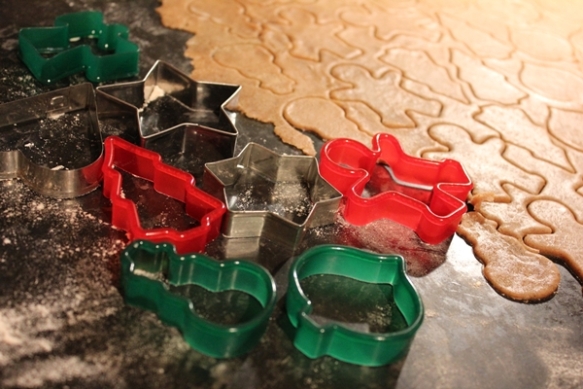
Gingerbread biscuits
Ingredients
150 g butter
250 ml sugar
50 ml golden syrup
1 tbsp treacle (optional – reduce the golden syrup by same amount if using)
1 tbsp ground cinnamon
½ tbsp ground ginger
½ tbsp ground cloves
1 tsp ground cardamom (about 1½ tsp whole cardamom pods, seeds ground in a pestle & mortar)
½ tsp bicarbonate soda (baking soda)
100 ml water
750 ml plain flour
NOTE: Swedish recipes tend to use volume for measurement instead of weight, and I keep forgetting to check the weights when making them…
Method
1) Stir the butter, sugar and golden syrup (+ treacle if using) until smooth. Add the spices and bicarbonate, stir until incorporated, then add water, stir again, and finally the flour – stirring it all together until a smooth dough.
2) Cover the dough and leave in the fridge for at least a day to allow the dough to rest and the spices to develop and marry. {Though it would probably be fine just to leave over night}
3) When ready to bake, take a piece of dough out at a time – leaving the rest in the the fridge. Knead the dough a bit, dust your work surface with some flour and roll it out until very thin – about 2mm.
4) Use cookie cutters to cut out different shapes, or {if you don’t have any} use a measuring cup or a glass. Place the biscuits on a baking sheet lined with parchment paper.
5) Preheat the oven to 200-225C and bake in center of oven for 4-5 minutes until golden brown – taking care not to leave them in for too long as they catch very easily.
6) Let cool a few minutes on the baking sheet before transferring them to a cooling rack to leave to cool completely. Store the biscuits in an airtight tin.
